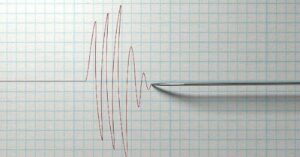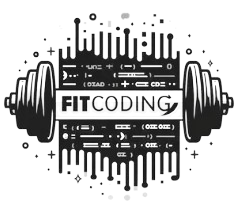Have you ever heard of a lie detector? If you have, you must have wondered, “What is a lie detector, and how does it work?” A lie detector test is a device for verifying someone’s truthfulness. It is also known as a polygraph test. This test gauges physical changes in the body as one answers questions. These changes could include heart rate, breathing, blood pressure, and perspiration.
The test aims to identify indicators of stress or nervousness that someone lying might produce. Still, it is not always 100% accurate. Although some professionals doubt its dependability, others find it useful in some circumstances.
But how does a lie detector test work?
Let’s examine the specifics, including its goal, response-measuring criteria, and data-analysis method.
What Is A Lie Detector Test?
A lie detector test is a device used to detect dishonesty. Investigators, companies, and law enforcement frequently find it useful. The machine notes test participants’ body reactions to questions posed. The answers help determine whether someone is stressed, calm, or nervous.
A lie detector mainly consists of sensors attached to the subject’s body. These sensors record variations in skin sweating, heart rate, and breathing. If the body reacts strongly, the detector can prove they’re lying.
Still, the exam is not flawless. While lying, some people may remain composed; others may experience anxiety even during the truth-telling process. This implies that the test is not always accurate and should not be the only method to determine honesty.

How Does A Lie Detector Test Work?
The test gauges bodily physical changes in function. As the person sits down, the examiner hooks sensors on the person’s body, landing on the fingers, arms, and chest.
The examiner then probes basic questions to establish a baseline. “Is your name [name], for instance?” These inquiries enable the machine to recognize the human’s normal body reactions. Genuine questions then arise.
The machine notes the person’s breathing rate, pulse, and level of sweating as they respond. Should these reactions veer unexpectedly, it would prove dishonesty. The examiner points out any variations by matching the responses to the baseline.
How Are Results Analyzed?
The outcomes of a lie detector test are shown as lines on a graph. Every line shows a different physical reaction, such as breathing or heart rate. The examiner searches the graph for unexpected surges or odd trends.
For instance, if someone’s heart rate rises significantly during a question, it could show lying or stress. Still, the examiner has to review the findings closely. Stress can occasionally manifest itself as anxiety or fear for other reasons.
Thus, professionals receive training in precisely reading the results. Their judgment also helps them determine whether the person is lying. Sometimes, the findings are unclear, and the examiner might require more data to decide.

What Are The Uses Of Lie Detector Tests?
Many fields have applications for lie detector tests. Police departments use them to find the truth and probe criminal activity. Companies looking for delicate employment, like security positions, could use them.
Polygraph tests are also used in legal cases to bolster testimony or evidence. For instance, someone might pass a polygraph test to prove their innocence. In relationships, some people use these tests to clear trust problems.
Still, lie detector tests are not always approved in court. Rules regarding when and how these tests should be administered abound in many nations. Still, they are a standard instrument for learning facts and exposing the truth.
How Reliable Are Lie Detector Tests?
Though lie detector tests are not always accurate, they are highly valuable. Many elements can influence the outcomes, including medical conditions or the individual’s emotional state. Anxious people, for instance, may exhibit symptoms of stress even while they are speaking truthfully.
Further, skilled liars’ ability to manipulate their body reactions to fool the machine is problematic, making it more difficult to obtain correct findings. Critics contend that the tests mostly rely on physical reactions, which are not always connected to dishonesty.
Because of these limitations, lie detector tests are often used along with other methods. This guarantees better dependability and accuracy of the outcomes.

Who Conducts Lie Detector Tests?
A polygraph examiner is a qualified professional who conducts lie detector tests. The examiner receives particular instructions to run the machine and examine the outputs. They also learn techniques for posing questions that support accurate responses.
The examiner starts by walking the tested person through the procedure. They guarantee the test’s operation and ensure the tested person understands what will happen. The examiner then hooks up the sensors and probes fundamental and honest questions.
Following the test, the examiner reviews the data, examines the graphs, and contrasts individual answers to the baseline. The conclusion is reported last. The examiner’s experience is crucial for reliable test results.
Conclusion
Lie detector tests detect lies by measuring body responses. They record heart rate, breathing, and sweat levels to spot changes linked to lying. While these tests are helpful in many areas, they are not always 100% accurate. Stress, medical conditions, or skilled lying can affect the results.
Despite these challenges, lie detector tests remain a popular method for uncovering the truth. However, they should always be used carefully alongside other evidence to ensure fairness and accuracy.











